A rocket set to slam into the moon next month, initially identified as belonging to SpaceX, has now been identified as a Chinese rocket.
Last month.
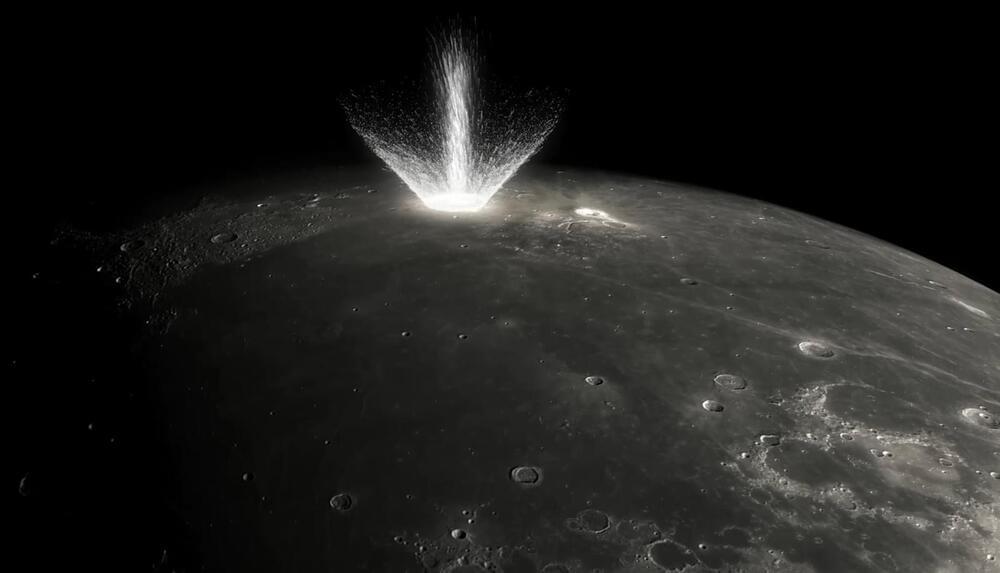
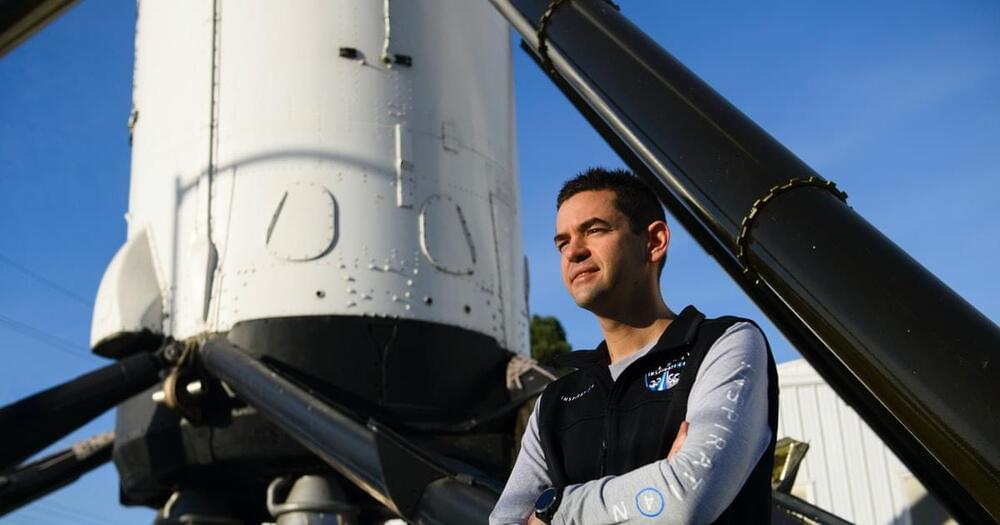
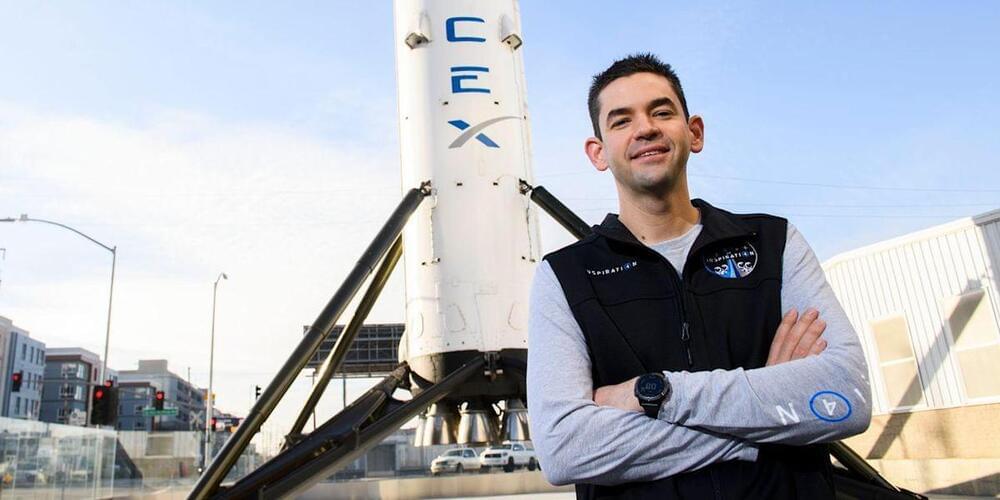
While some of the criticism of late about billionaires going to space is valid — Virgin Galactic CEO’s 10 seconds of BARELY sub orbital jaunt, and Bezo’s midlife crisis flight and jacket photo-op — Musk is getting things DONE. I love the idea of billionaires funding entire missions, not for their own self gratification, but to Get. Things. Done. (with a touch of personal gratification, but it’s being in SPACE, who can blame them for a small bit of joy when it comes with so much benefit to all? That’s what separates Musk from his lesser peers.)
Tech entrepreneur Jared Isaacman announced Monday that he will make another private spaceflight launching from NASA’s Kennedy Space Center, alongside two SpaceX engineers and a former Air Force fighter pilot.
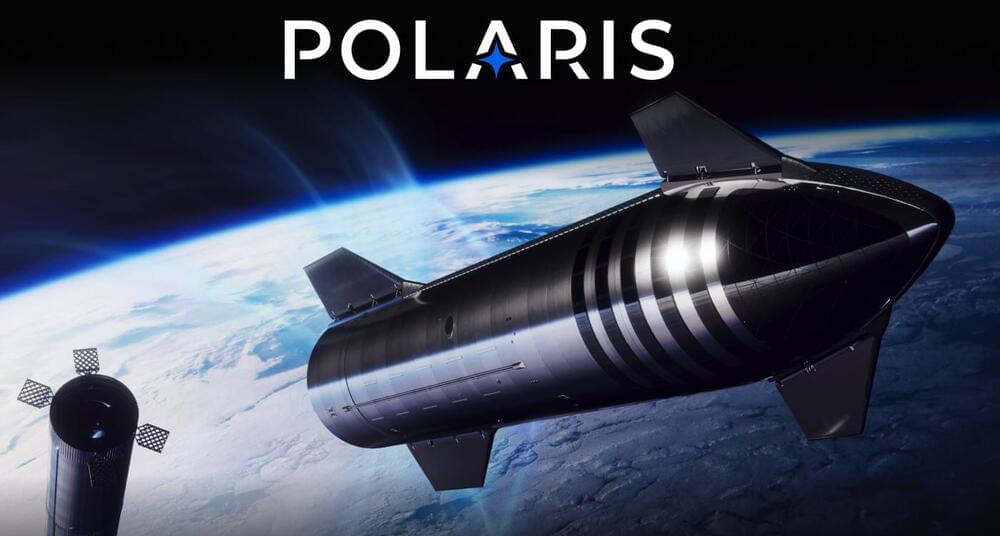
To the moon, Mars, and beyond.
Human spaceflight just got a major boost.
Polaris announced on February 14, 2022, that its first-of-its-kind Polaris Program is set to focus exclusively on rapidly advancing human spaceflight capabilities all while “continuing to raise funds and awareness for important causes on Earth,” per the company’s post on Twitter.
From Blue Origin’s space tourism rides to last year’s celebration of humans sending the 600th person to space in 60 years, more and more humans are being launched up to space. So it makes sense that a laser-focused program like the Polaris Program would solely focus on pushing along human spaceflight capabilities.
## Three missions with one goal.
Polaris already has three missions planned — a triple combination that perfectly reflects the three-starred constellation the company is named after — which will involve developing and using new technologies, extensive research, and the first SpaceX Starship flight with humans on board.
Fulll Story: https://interestingengineering.com/polaris
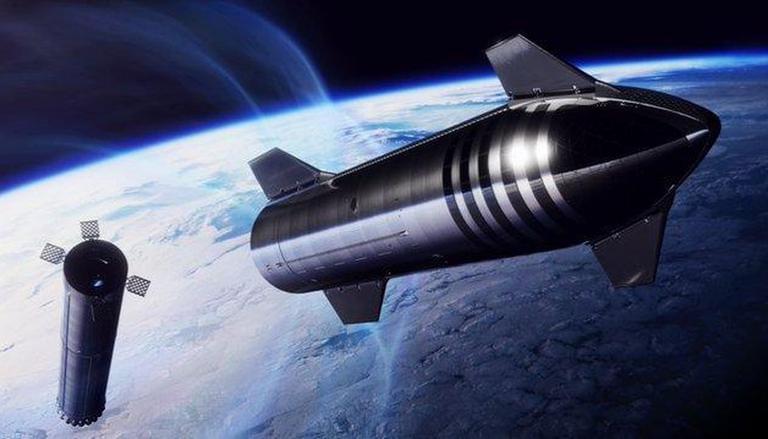
It is interesting that SpaceX has created working EVA suits for use later this year. Also cool that another crewed Starship mission has been planned. Finally note this is yet another mission without professional astronauts. (2 out of the 3 scheduled crewed Starship missions are with nonprofessionals.)
Jared Issacman would serve as the mission commander and will be accompanied by pilot Scott Poteet and SpaceX employees Sarah Gillis and Anna Menon.
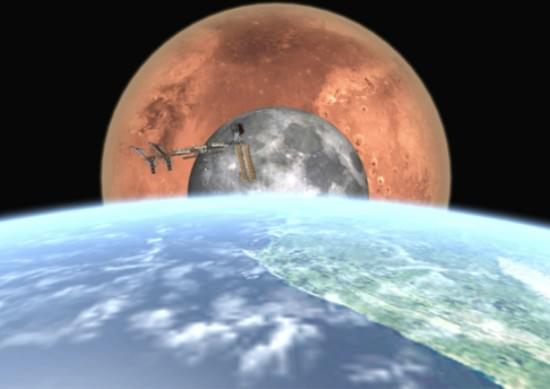
The ISS is 1,000 times closer to us than the Moon, and 600,000 times closer than Mars. To get to the latter and back safely, we need faster rocket propulsion systems.
Using the conventional chemical rocket technology we have perfected at this time, a single mission to Mars will require the launch of a mass equal to 10 ISS to be put into space. It will involve at least 30 and as many as 40 of the largest rockets we have today to put the spacecraft, crew and fuel needed for the mission. That doesn’t include adding reserves of fuel placed strategically along the route should a problem arise going to Mars and coming back. Brown states that the total cost of a single mission using this approach would exceed $80 billion using the yet-to-be-launched SLS as the primary vehicle. With SpaceX and the Starship and Heavy booster, the cost could be cut by half. But even $40 billion for a single mission seems excessive.
Using nuclear-powered propulsion systems, however, would eliminate the need to put megatons of fuel into orbit. The only time chemical rockets would be used would be in launching the crew and spaceship components to Earth orbit. That could be done in as few as three launches with the final assembled ship going to Mars and back and then being parked in Earth orbit to be used again on future missions.
What additional advantages can be derived from using nuclear? Thermal-powered nuclear is at least twice as efficient as current chemical rockets and requires a tiny fraction of the fuel to get the job done. Electric-powered nuclear starts moving the rocket slowly away from Earth and then continuously accelerates to attain peak speeds of 200,000 kilometres (120,000 miles) per hour. An electric-powered nuclear propulsion system would use even less fuel than thermal-powered nuclear and would shorten the voyage to a month.
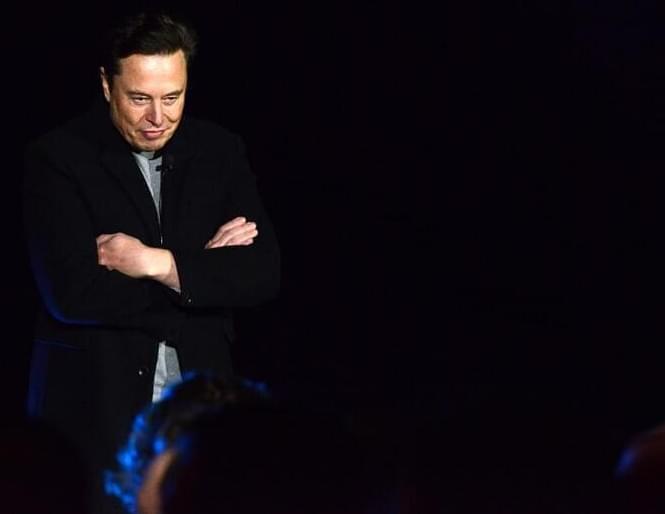

Right above you is the sky – or as scientists would call it, the atmosphere. It extends about 20 miles (32 kilometers) above the Earth. Floating around the atmosphere is a mixture of molecules – tiny bits of air so small you take in billions of them every time you breathe.
Above the atmosphere is space. It’s called that because it has far fewer molecules, with lots of empty space between them.
Have you ever wondered what it would be like to travel to outer space – and then keep going? What would you find? Scientists like me are able to explain a lot of what you’d see. But there are some things we don’t know yet, like whether space just goes on forever.
The ship could theoretically be used to start a city on Mars.
Musk reiterated that the specifications are still being finalized. As it stands, the booster measures 69 meters (226 feet) and the ship 50 meters (164 feet) to make a 119-meter (390-feet) tall construction. The ship itself has around 1,200 tons of propellant, and a thrust of around 1,500 tons. The diameter of nine meters or 30 feet will stay around the same.
The ship will send around 100 to 150 tons into space at a time, depending on the orbit. For orbital refilling, where a second Starship stays in space and refills a ship to complete the trip to Mars, Musk estimates the ship could carry 200 tons of payload.
YouTuber and scientist Derek Muller offers a look at Relativity Space, an aerospace company 3D printing orbital rocket parts, in a new video.